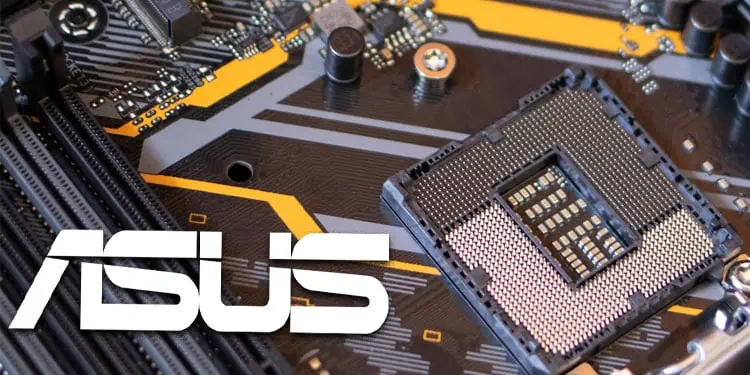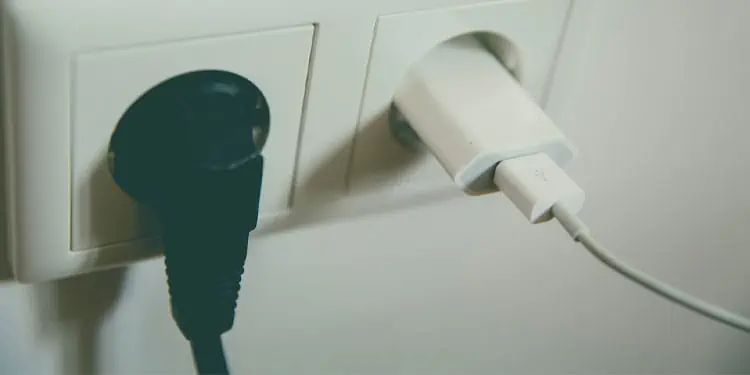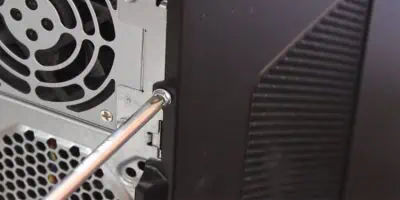Getting beep code on your PC is seldom a sign you should ignore. It usually indicates that the system has run into a issue. But, having said that, the plus point is we can address and fix the issue with the help of beep codes.
If your PC suffers from a system crash or a malfunction that halts the startup process, you can use the beep code speaker on your motherboard to determine the cause of the error. Since the beeps are generated from the speakers on-board motherboard, the information is usually very reliable and should be given attention to.
You will need to analyze the sequential beep codes to determine potential error. These error could mean PC not being able to boot properly or, may indicate other severe issue with the PC. Depending on the motherboard manufacturer, each sequential beep code may have a different meaning.
This article explains all the beep codes for ASUS motherboards and laptops and their meaning.
What Are Beep Codes? What Do They Mean?
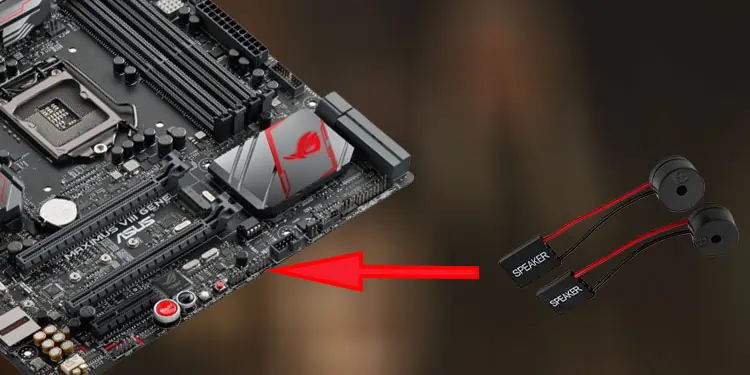
When you turn on your computer, it performs a series of POST(Power On Self-Test) tests that check whether the computer hardware required to run the PC is functional. Once complete, this test will make one short beep indicating that the computer has passed POST.
The system will only boot once it passes the POST. However, if the PC fails this initial test, the speaker connected to your motherboard will make a series of beep codes to inform users that there is some malfunction in the system.
Beep codes are first and most reliable guide in troubleshooting a hardware issue in a system. Referring to the data from POST, beep-sound are generated by the motherboard providing exact identity of the failed component. Since these beep-sounds are a cryptic code in real, they are referred as codes: Beep Codes.
Beep Codes in ASUS Devices
Now that we have a clear understanding of beep codes, let us look at the meaning behind each type of beep code in your ASUS device and things you can do to fix the issue.
One Short Beep
Once your PC get past POST, it will likely make one short beep. You do not need to worry if the PC makes one small beep during startup. This beep indicates that the system has passed Power On Self-Test and will turn on smoothly without any interruption.
One Long and Two Short Beeps
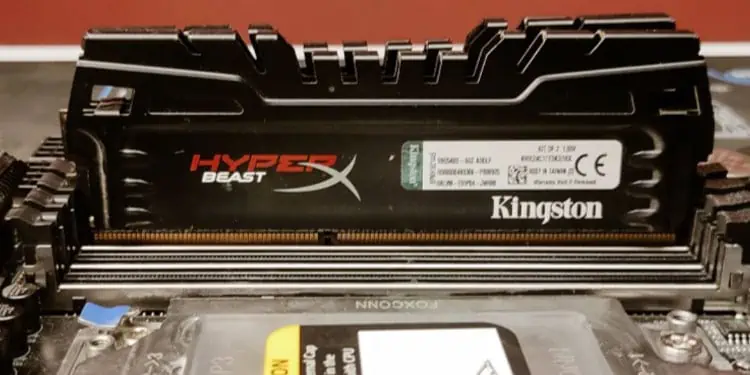
In ASUS products, one long beep followed by two short beeps means the system has faced issues detecting the memory. Most of the time, the system makes this sequence of codes if it does not detect the memory installed on your system.
A system may have issues detecting memory if it is not secured into the motherboard or if the memory module itself is corrupted or damaged.
To check if this is true, you can try using one memory stick at a time.
- Turn off the system and remove the PC from any wall outlet.

- Remove all the screws that hold the side panel to access the motherboard.

- Now look for the RAM slot. The RAM slot is relatively long and is located near the CPU.

- The RAM slot will have locks on both of its sides. Remove these locks and remove the memory module.
- Only insert one memory at a time to determine the faulty one.
Once you have determined the faulty memory, we recommend replacing it immediately.
One Long and Three Short Beeps
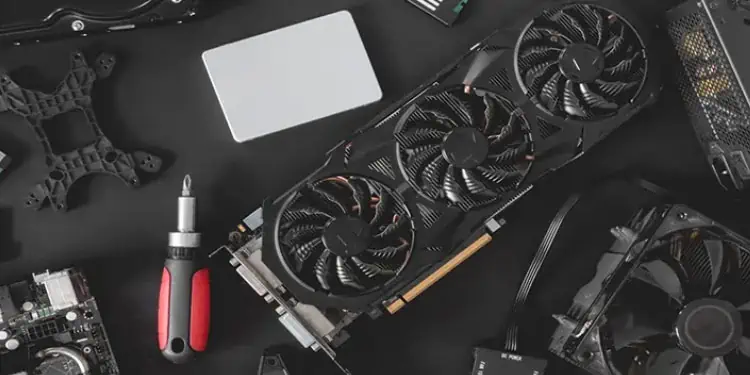
One long and three short beeps means the system has run into issues regarding the graphics card. The problem could be the system not detecting the card due to connection issues, or maybe the PSU is not supplying enough power to the graphics card.
If you hear one long and three short beeps from your motherboard, reseat the graphics card and all its cables. And turn on the PC. This will eliminate all the errors that might have occurred due to loose wires or any connection issues with the graphics card.
If this does not work, completely remove the GPU from the board and run the system using the integrated GPU. However, if your CPU does not have an integrated GPU, you will need a separate graphics card to display anything on the monitor.
One Long Four Short Beeps
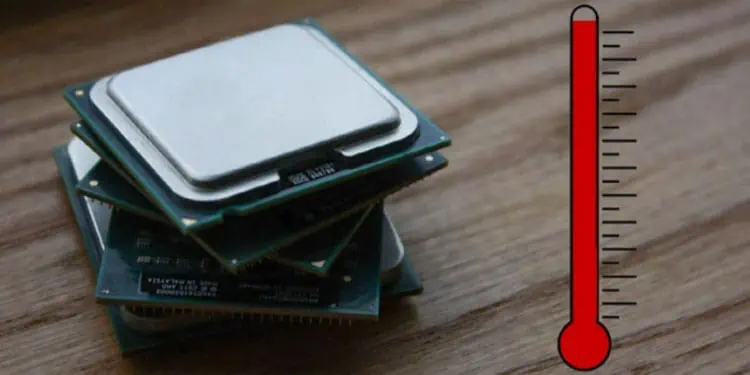
A hardware component failure, for example, the CPU fan, triggers this specific type of beep code. Besides this CPU reaching extreme temperatures or the CPU getting over voltage could also cause the motherboard to give such an error message.
To fix this, we recommend that you perform the following steps to stop the beep error codes.
- Lower high CPU usage
- Change thermal paste
- Reseat CPU fans
- Change PSU
5 Short Beeps CPU Error
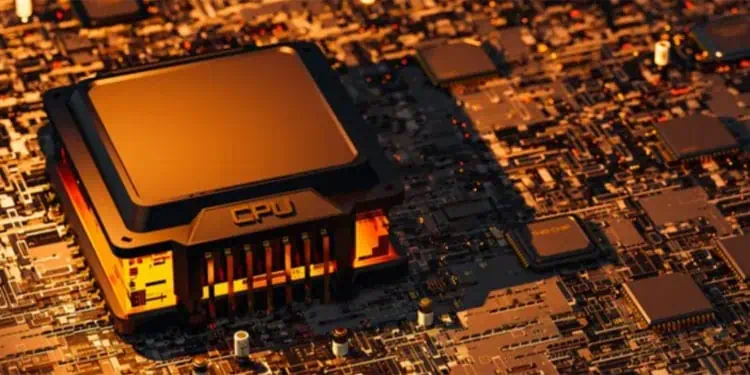
If the system runs into an error where it cannot detect the CPU, the speaker on your motherboard will beep five short beeps. Bent pins on the motherboard/CPU, or a DOA CPU, could be why you are getting the error codes.
You can try fixing bent pins if you only have a few bent ones. However, it is bad news if there are several bent pins on your CPU, and you likely need to replace the CPU. If none of the pins are damaged, there is a high chance that the CPU itself is DOA.
You can also check the power cable that supplies power to the CPU. This is an 8-pin cable that connects the PSU to the motherboard and supplies power to the CPU. If this cable is damaged or not connected properly, the motherboard may have issues detecting the processor. Try reseating this power cable to fix the problem.
Two short Beeps
Two short beeps usually mean a parity error has occurred when recording data in memory. Parity errors in some critical system files could also cause the entire system to crash. One common reason a system suffers from parity error is due to corrupted or faulty memory modules.
To fix this, we recommend you use one memory stick at a time to determine the faulty one.
Fix ASUS Beep Codes Error
If reseating specific component does not fix the beep code error, you can try a few generic steps.
Reconnect Hardware Component
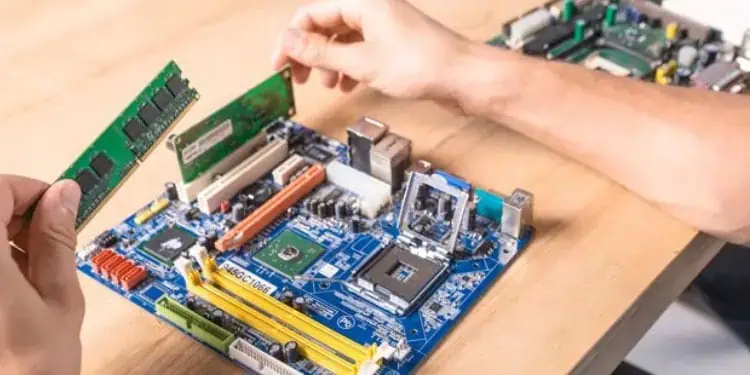
You can disconnect and reconnect your entire PC components to check if it fixes the beep code error. Sometimes, loosely connected hardware components could be the reason your system is not detecting them. Therefore, try reconnecting your hardware component.
Reset BIOS
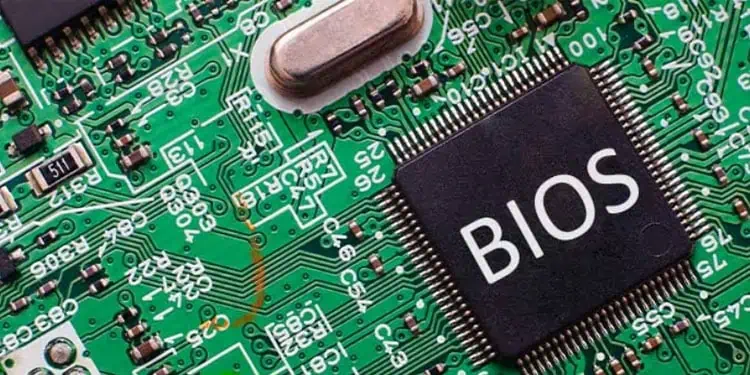
BIOS or the Basic Input Output System, has access to the entire motherboard and all the hardware components connected to it. You can also change BIOS settings to enable or disable most hardware component. If you have changed wrong setting in the BIOS, it could cause the system to give error codes
Resetting BIOS reverts all BIOS setting to its factory state, fixing any beep code error message.
AMI BIOS Beep Codes
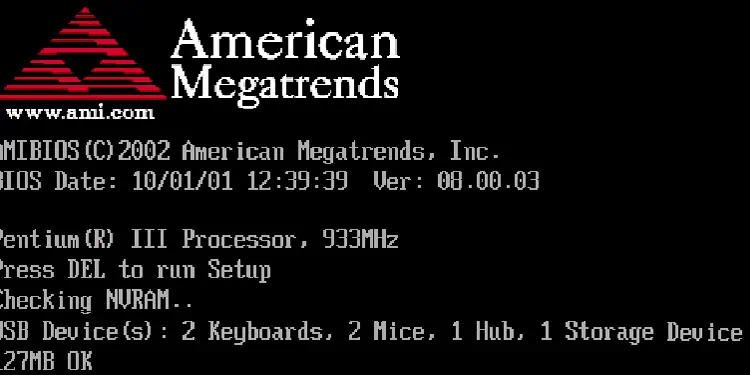
All the beep codes mentioned above are dedicated to ASUS motherboards and laptops. However, most motherboards in the market use AMI BIOS. American Megatrends Inc. (AMI) has a dedicated set of beep codes that have separate meanings.
| Beep Codes | Meaning |
| 1 Beep | Memory refresh timer error |
| 2 Beep | Parity bit error |
| 3 Beep | Memory read/write error |
| 4 Beep | System timer failure |
| 5 Beep | Process Error |
| 6 Beep | Keyboard controller error |
| 7 Beep | General Exception error |
| 8 Beep | Display memory error |
| 9 Beep | ROM BIOS checksum error |
| 10 Beep | CMOS shutdown read/write error |
| 11 Beep | Bad cache memory |
All these errors are likely due to corrupted or faulty RAM, you can try using one memory module at a time to determine if that’s the case. If your system only has a single memory stick, we recommend that you get a separate RAM to determine if the previous one is faulty.
However, System timer failure, or 4 beep codes could also mean that “The System clock/timer Integrated Chip has failed or there is a memory error in the first bank of memory”. If the memory module is not causing the issue, there is a possibility that the motherboard is dying.

